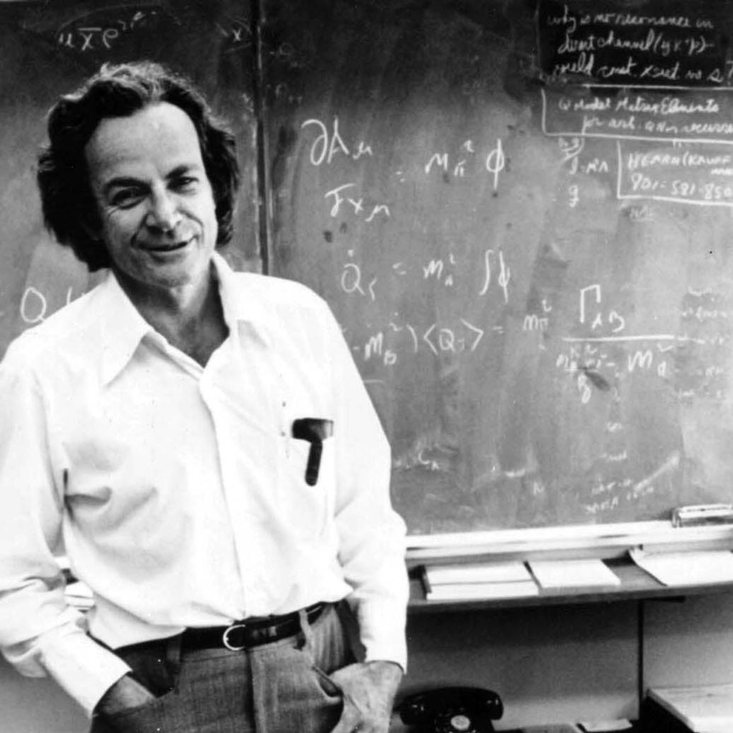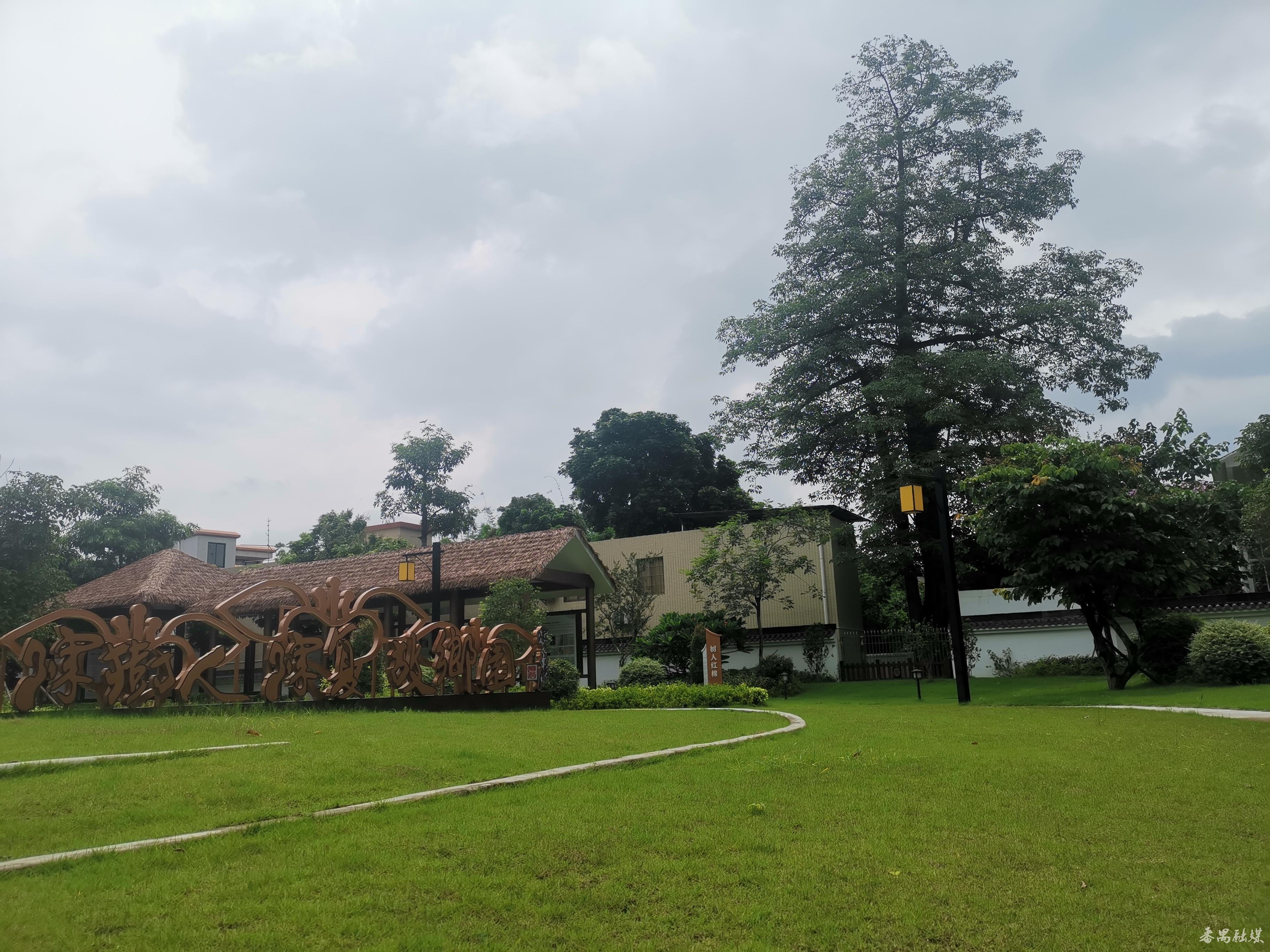For Ferman, what does "impossible" mean?
Author:Institute of Physics of the Ch Time:2022.07.19
"impossible!"
I and my graduate student DOV Levine discovered a new type of substance. After I just described its revolutionary concept, the sound responded in the classroom.
The classrooms of the California Institute of Technology are full of scientists in various fields in the campus, and the discussion is in full swing. But when the last person in the crowd stood up, a familiar and loud sound sounded:
"impossible!"
You can recognize this unique and hoarse person with obvious New York accent. Standing in front of me is my scientific idol, legendary physicist Richard Feynman. A relaxed and evil smile.

Paul J. Steinhardt remembers that Ferman is very humorous and seek truth from facts. One day, when Spiene Hart gave a speech, he was frightened when he saw Ferman sitting in the front row.
Ferman won the Nobel Prize in Physics for his pioneering quantum electromagnetic theory. In the scientific community, he is considered one of the greatest theoretical physicists in the 20th century. Ferman is also due to the reasons for determining the challenger's flight disaster and the two best -selling books "Don't make trouble, Mr. Fely You're Joking (Mr. Feynman!) And" What Do you care about others " You Care what other people think?
Ferman is very humorous, and is "infamous" because of his careful designer. But when it comes to science, Ferman has uncompromising honesty and sharp criticalness, which makes him look particularly terrible at a scientific seminar. It can be expected that in the speech, if he heard things he thought of inaccurate or inaccurate, he would interrupt his speech and publicly inquire.
Therefore, before my speech began, when Ferman walked into the auditorium and sat in the front row he usually sat, I was keenly aware of his existence. Throughout the speech, I always observed him with the corner of my eyes and prepared any potential outbreak. But Ferman never interrupted and did not obtain objections.
After the speech, Ferman stood up with me. This situation may be frightened by many scientists. In fact, this is not the first time we have met. About ten years ago, when I was still undergraduate at the California Institute of Technology, I was lucky to have close cooperation with Ferman, and I was full of admiration and love. Ferman's writing, course and personal guidance changed my life.
In 1970, I was still a freshman at that time. My goal was to master biology or mathematics. I have never been particularly interested in physics in high school, but I know that each undergraduate student at the California Institute of Technology must take two years of physics lessons.
I soon discovered that the freshman's physics class was very difficult, and it was largely due to the textbook "Ferman Physics Lecture (Volume 1)" at that time. This book is not so much a traditional textbook, it is a collection of excellent papers based on Ferman in the 1960s in the 1960s.
Ferman told me that I could use curiosity to guide myself to explore various fields.
Unlike other physics textbooks, Ferman's lectures have never described how to solve various exercises to make family homework more daunting and wasting time. These lectures provide more valuable things, that is, Ferman's deep insights and thinking on science. Several generations of students have benefited from this set of lectures. For me, this experience is a deep inspiration.
A few weeks later, my entire thinking was reborn. I started to think like a physicist and fell in love with physics. Like many scientists in my generation, I am proud of idols. I gave up the maths and creatures I was pursuing at first, and instead explored physics as my ultimate ideal.
I remember when I was a freshman, I had the courage to ask Ferman before the seminar. At that time, we did a lot of incredible things. In my junior year, my roommate and I courageous to sound the door of Ferman's office and ask him if he could offer an unofficial course for undergraduates and communicate with undergraduates every week. Once, answer any questions we may ask. The whole thing is non -formal. There are no homework, no exam, no scores, no credits. We know that he is a anti -traditionalist who has no patience to bureaucracy, and then hopes that such a free form can attract him.
About ten years ago, Ferman also took similar classes, but only opened the freshman freshman, only one quarter each year. Now we ask him to extend this course to one year, and all undergraduates can participate, especially those in our junior and seniors may have more professional problems. We suggest that this course is the same as the previous course name, named "Physics X" so that everyone can know that this course is completely out of the traditional textbook teaching method.
Ferman thought for a while and unexpectedly answered: "Okay!" So in the next two years, my roommate and I will work with dozens of lucky students every week to with my dear Ferman. Live a fascinating and unforgettable afternoon.
The course of physical X was entering the auditorium and asked if anyone had a problem. Occasionally, some people will ask Ferman's professional topics. Of course, Ferman's answer is always clever. Sometimes, he would be asked some issues he had never thought of. I think these moments are particularly interesting to see how Feman participates and discuss a new question. I clearly remember that I asked a question that I thought it was very interesting, although I was worried that he would think it was not important.
I want to know: "What color is the shadow?"
After a minute before and after the classroom, Feimanxing caught the problem. He began to discuss the subtle gradients and changes in the shadow, then the nature of light, then the perception of the color, then the shadow on the moon, then the anti -photo of the earth on the moon, then the formation of the moon, and so on. I was fascinated by this answer.
In my senior year, Ferman agreed to be the mentor of my research project, and I was able to witness his method of solving the problem more closely. Whenever his high expectations are not satisfied, I can feel his sharp and picky words. He uses words such as "crazy", "nerves", "ridiculous" and "stupid" to describe my mistakes
At first these harsh words stabbed me and made me doubt whether I was suitable for theoretical physics. But I couldn't help but notice that Ferman was not as severe as he said. After these criticisms, he always encouraged me to try different methods and discuss it when there was any progress.
One of the most important things that Fermann taught me is that some of the most exciting scientific surprises can be found in daily phenomena. All you need to do is to take the time to observe carefully and ask some good questions. He also influenced my belief: no need to succumb to external pressure, forcing himself to specialize in a scientific field like many scientists. Ferman gave an example: you can accept curiosity to guide you to explore all kinds of fields.
I was particularly unforgettable at the last semester of the California Institute of Technology. I showed Ferman a mathematical model to predict the elastic rubber ball, which was very popular at the time.
This problem is very challenging, because the rubber ball will change the direction every time it rebounds. I want to try to predict the rebound of the rubber ball along different angle surfaces. For example, I calculated the trajectory of the rubber ball reflected from the floor to the table to the tilt plane to the wall. These seemingly random exercises can be fully predicted through physical laws.
I stood in front of Ferman and told him that these things that have long been considered routine for a long time are wrong.
I showed my calculation to Ferman, predicting that I could return to my hand by throwing a rubber ball and passing a series of complex reflections. Ferman glanced at my equation.
He said, "This is impossible!"
impossible? I was startled by the word, which was a fresh word that I heard from his mouth after "crazy" or "stupid".
I was a little nervous: "Why do you think this is impossible?"
Ferman expressed his point of view. According to my equation, if someone releasted the rubber ball from a certain rotation from a high place, the ball would rebound at a very low angle on the ground.
"Paul, this seems to be intuitive."
I looked at my equation and found that my prediction really implied that the ball rebounded at a low angle. But even if this is anti -intuitive, I am not sure that this cannot happen.
I have enough experience to continue the conversation now: "Well, I haven't tried this experiment before, but we are trying in your office now."
I took out a rubber ball from my pocket, and Ferman threw the ball down as a required rotation angle. Sure enough, the ball accurately moves along the direction of the equation prediction, and moves from the upper side of the floor from a low angle to move. This is what Feynman thinks it is impossible.
Immediately, he realized his mistake. He did not consider the extremely sticky surface of the rubber ball, which would affect the impact of rotating the trajectory of the ball.
"It's stupid!" Ferman shouted in the same tone when he criticized me.
After two years of running -in, I finally confirmed my long -term doubt: "Stupid" is just Ferman's hope to focus on the wrong issue to ensure a way of expression that will not happen next time.
I also learned that when Ferman used "impossible", it did not necessarily mean "unable to achieve" or "absurdity". Sometimes he means: "Wow! There are some surprising things here, which contradicts the situation we usually expect. This is worth noting!"
So 11 years later, when Ferman approached me with a naughty smile after my speech, he joked that my theory "impossible!" I was sure what he meant. The theme of my speech is a new material form called "quasi -crystal", which conflicts with the principles he thinks. Therefore, it is interesting and worth noting.
Ferman came to the side of the table where I did the experiment, pointing to the experimental device requested: "Let me see it again!"
I pulled the switch to start demonstration, and Ferman stood still. He witnessed the most famous principles in science. This concept is deeply rooted in people's hearts. It has been talked about young scientists for nearly 200 years as the most basic concept, and even repeatedly talked about Ferman's class.
But now, I stand in front of Richard Ferman to explain that these long -term rules are wrong.
The crystal is not the only possible form of an atomic arrangement and accurate diffraction pattern. Now with a new macro blueprint, it has its own set of rules, which we call Quasicrystals. We choose this name to clarify the difference between this new material and ordinary crystals. These two materials are composed of atomic groups repeated in the entire structure.
The atoms in the crystal have a fixed cycle. In the quasi -crystal, different groups are repeated with different intervals. This inspiration is derived from a two -dimensional pattern called Penrose Tiling. This pattern contains two types of tiles that repeat them with unwavering intervals. Mathematicians call this model as a period, so this theory is called "quasi -cycle crystal" or "quasi crystal".
I use laser projection and slides with quasi -cyclical patterns to show Ferman's theory proof. According to Ferman's instructions, I project the slide to the wall with a laser, just like X -rays through the atomic layer, the diffraction pattern generated by the quasi -crystal in the picture appeared on the wall.
I turned off the lights on the top of my head and let Feiman observe the iconic snowflake pattern on the wall. This is different from any other diffraction pattern that Ferman has seen.
I told him: There are many concentric circles here, and each concentric circle is composed of 10 highlights, which is unheard of. People can also see the pentagonal needle tip group, revealing a symmetry that is considered absolutely prohibited in nature. Observe carefully that there are more spots between the tip of the needle, and there are more spots between the spots between these spots.

Ferman wanted to see more carefully. I turned on the light and took the slide from the lamp holder to him. The image in the photo was so small that it was difficult to observe the details. I handed him a magnified version of the photo and let him observe it carefully.
In the next few minutes, silence. I started to feel like a student again, waiting for Ferman to respond to my latest stupid thoughts. He stared at the enlarged version of the table, inserted the slide into the bracket, and opened the laser projection himself. His eyes moved back and forth between the magnifying map on the table and the projection on the wall.
"Impossible!" Ferman finally said. I nodded and smiled, because I knew this was one of his biggest praises.
He looked back at the projection on the wall, shook his head and said, "Absolutely impossible! This is one of the most amazing things I have ever seen."
Then, Feiman didn't say a word, looking at me happily, giving me a huge ghost -like smile.
Author Paul Sterest Hart is a professor of Albert Einstein science at Princeton University. He served as a professor at the Department of Physics and Celestial Physics at the University of Princeton, and founded and led the Princeton Theoretical Science Center. He won the Dirac Medal and other famous awards for his early universe and material forms.
Author: Paul J. Steinhardt
Translation: NUOR
Review: zhenni
Original link:
https://nautil.us/What- IMPOSSIBL
- END -
Centennial Kapok feels the family conditions of the country -walk into Chen Shuren and Chen Fu's hometown of Hua Long Town, Panyu

As the city of Guangzhou, Kapok, with its erect body and in full swing, represents...
Experience "the fastest ice", the national speed skating hall "ice ribbon" is open to the public on the first day

On July 9, the National Speed Skating Pavilion Ice Ribbon ushered in the first...